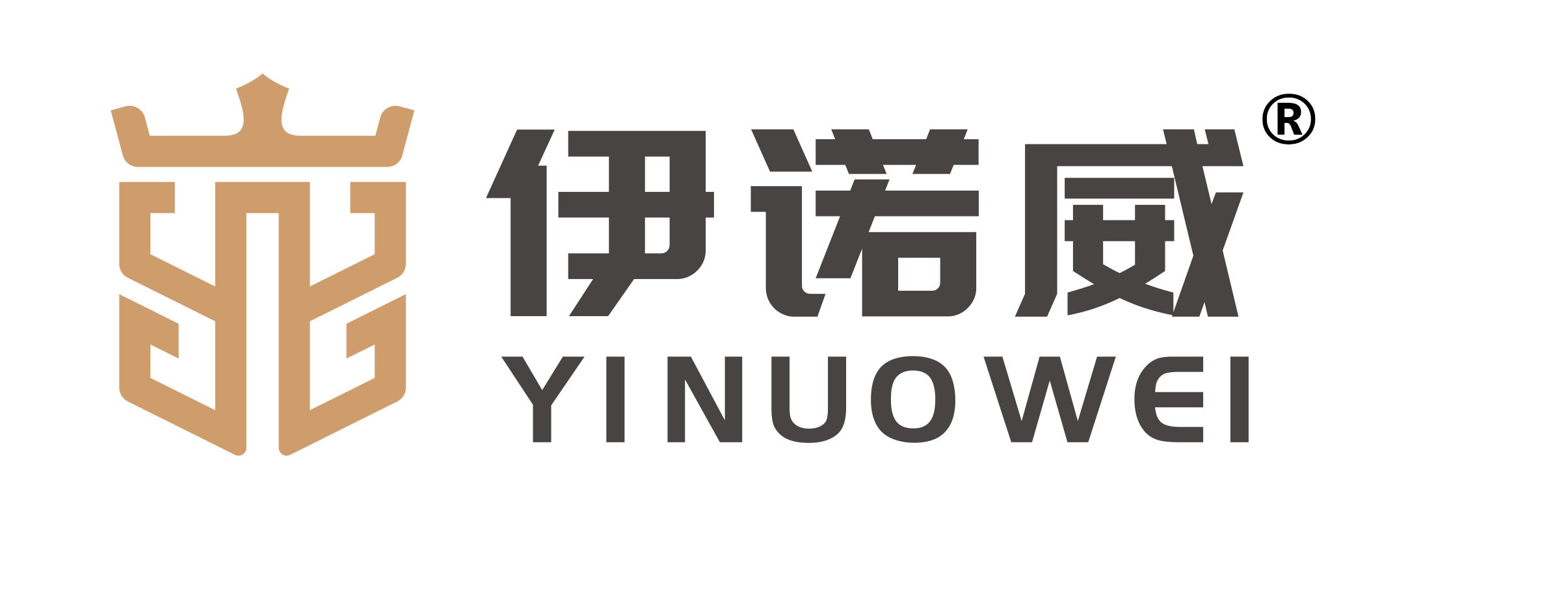
A omm 32 Hydraulikmotor ist ein bedeutender Bestandteil vieler hydraulischer Maschinen. Diese Ventile steuern den Flüssigkeitsfluss innerhalb der Maschine, was ihr Funktionsprinzip ist. Diese Art von Ventilen hilft, die Maschine vor internen physikalischen Schäden zu schützen, die auftreten könnten, wenn der Druck zu hoch wird. In dieser Lektion werden wir uns eingehend mit dem ansehen, was hydraulische Entladeventile tun, warum sie so wichtig sind, wie man Probleme bei hydraulischen Entladeventilen behandelt und repariert, wie man hydraulische Entladeventile wartet und Sicherheitstipps für hydraulische Entladeventile. Wir werden auch über JinJia sprechen, eine Marke, die qualitativ hochwertige Teile für hydraulische Entladeventile aus verschiedenen Arten von Automobil-Hydraulik-Entladeventilen herstellt.
Ein hydraulischer Sicherheitsventil ist ein wesentlicher Bestandteil von Hydrauliksystemen. Seine Hauptfunktion besteht darin, den Fluss der Flüssigkeit durch die Maschine zu regulieren. Während sich im System der Druck aufbaut, entlastet das Ventil diesen bei einem bestimmten Niveau. Dies ist völlig entscheidend – zu viel Druck kann der Maschine schwer schaden. Das Ventil hält den Druck im Gleichgewicht, damit die Maschine richtig funktioniert und nicht beschädigt wird, indem es einen Mechanismus öffnet und etwas Flüssigkeit ablässt.
Es gibt viele Gründe, warum es wichtig ist, dass Sie in Ihren Industriemaschinen eine qualitativ hochwertige Hydraulikventilsicherung verwenden. Zunächst einmal verhindert es Schäden am Hydrauliksystem, was Zeit und Geld spare. Die Maschine nicht genau so zu verwenden, führt oft dazu, dass zu viel Druck auf die Maschine wirkt (wenn der Ventil nicht mehr funktioniert), was ernsthafte Probleme verursacht und möglicherweise sehr teure Wartungsarbeiten oder sogar den Austausch der gesamten Maschine erfordert. Daher ist ein ordnungsgemäßes Hydraulikventilsystem unerlässlich.
JinJia ist ein absolut zuverlässiger Name in der Hydraulikindustrie. Sie produzieren viele einzigartige Hydraulikventile speziell für Industriemaschinen. In NPT-Gewinden montiert, sind diese Ventile nach hohen Spezifikationen hergestellt und können mit den hohen Drücken hydraulischer Systeme umgehen. Die Wahl von JinJia-Hydraulikventilen gewährleistet, dass Betreiber sicher sein können, dass die Maschinen sicher und zuverlässig arbeiten, und reduziert das Risiko unerwarteter Maschinenausfälle.
Wie alle anderen Komponenten in einer Maschine können hydraulische Entladedüsen von Zeit zu Zeit versagen. Zu diesen zählen häufig Lecks, Sensitivitätsprobleme und verklebte Ventile. Lecks entstehen oft durch abgenutzte Dichtungen im Ventil oder potenziell beschädigte Teile. Langsame Reaktionszeiten: Wenn Schmutz oder Fremdkörper im Ventil feststecken bleiben und es daran hindern, frei zu arbeiten, kann es möglicherweise nicht so schnell öffnen oder schließen. Zum Beispiel kann ein Ventil kleben, weil es nicht genug Schmierstoff hat oder seine Teile falsch ausgerichtet sind.
Ein Versagen eines hydraulischen Entladeventils kann erhebliche Schäden am Hydrauliksystem verursachen. Daher ist es von größter Wichtigkeit, solche Probleme sofort zu erkennen und zu beheben. Durch das Frühzeitig nachverfolgen dieser Probleme können Betreiber Zeit und Geld sparen, bevor sie sich in schwerwiegende Schäden und teure Reparaturen verwandeln. Die Probleme können sich bis zum Eintreten eines Falles häufen, wobei regelmäßige Inspektionen helfen können.
Regelmäßige Wartung würde helfen, hydraulische Entladedüsen effizient und sicher zu halten. Dies beinhaltet das Entfernen von Schmutz aus der Düse, das Überprüfen auf Verschleiß und die Sicherstellung, dass alle Teile ordnungsgemäß geschmiert sind. Mit etwas Zeit für periodische Wartung können Betreiber kleine Probleme verhindern, bevor sie zu großen Problemen werden, die sich auf die Leistung der Maschine auswirken.